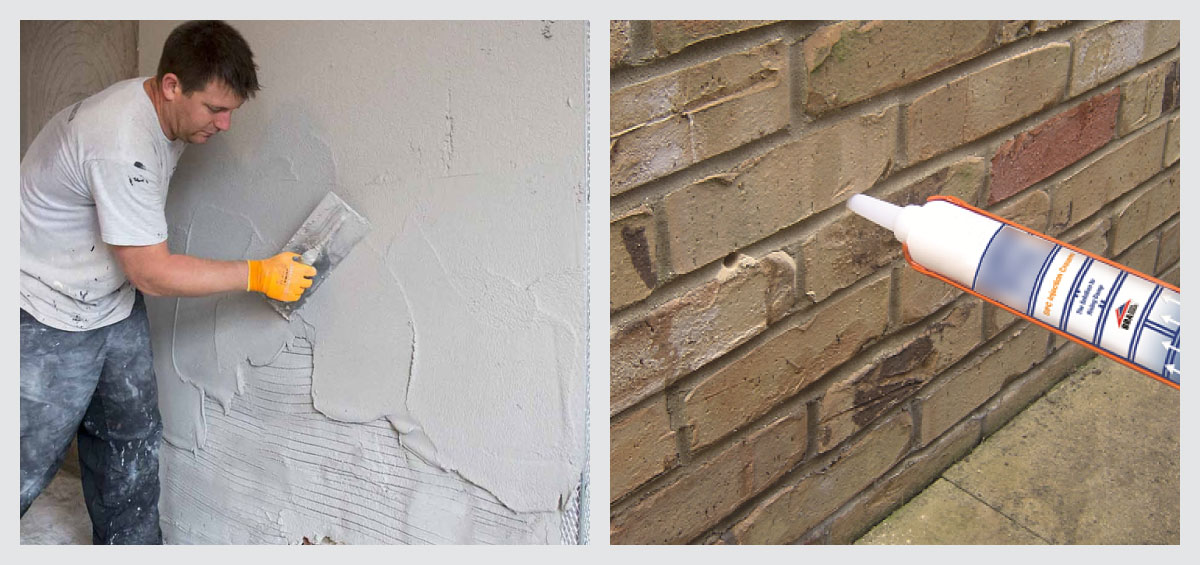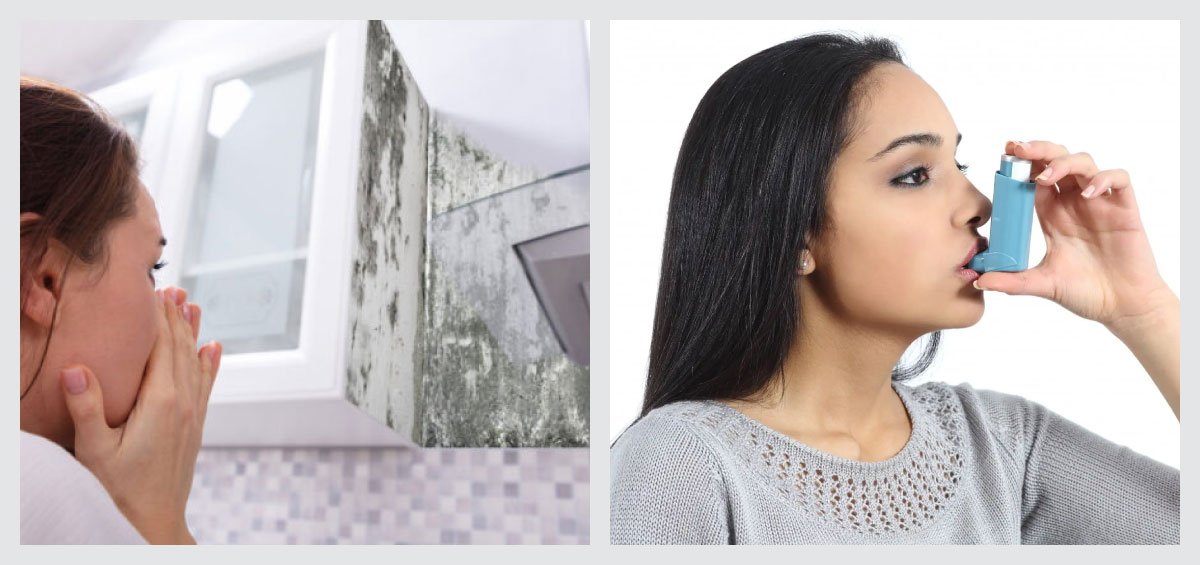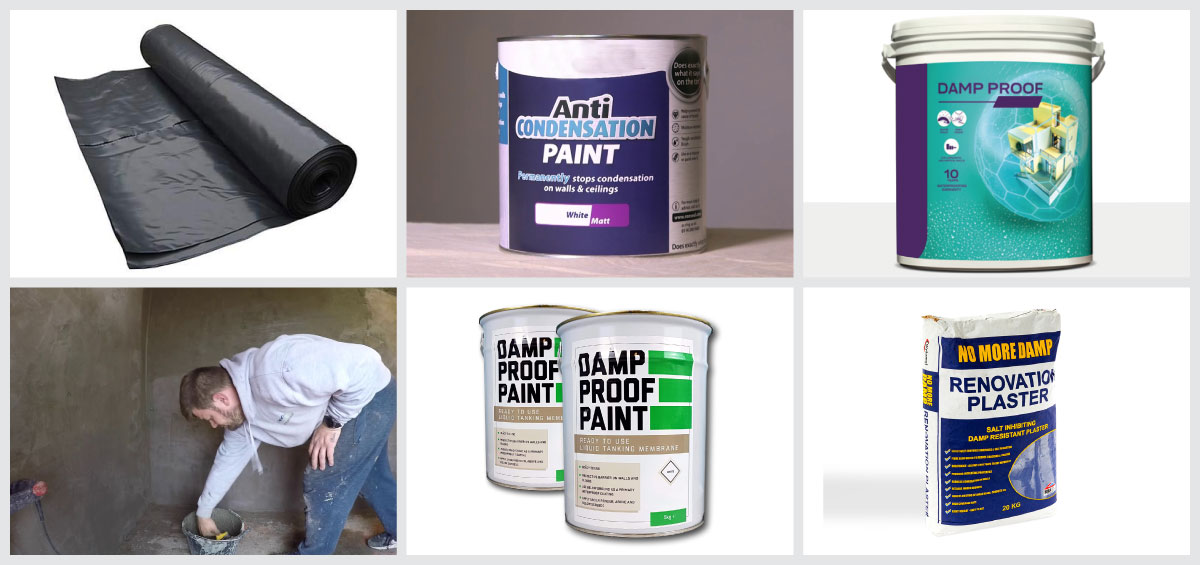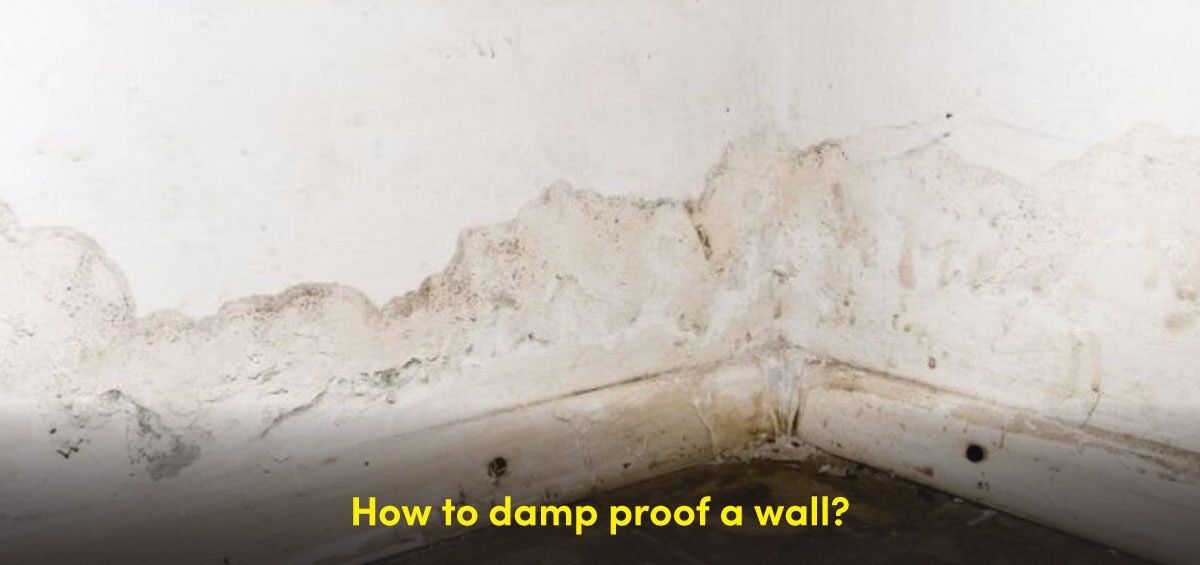
What is damp proofing?
Damp proofing in construction is a type of waterproofing applied to building foundation walls to prevent moisture from passing through the walls into interior spaces. Damp problems are one of the most frequent problems encountered in homes. Damp is such a big and prevalent problem in most of our homes; maybe even in all of our homes. This negative experience leaves us very much worried. Damp can cause harm in your internal space such as rotting skirting board, flaking paint, curling wallpaper, crumbling plaster among others. But the major impact of it lies in the fact that it changes the atmosphere of your cosy home to an unhealthy, uninviting, and unsightly space. If the damp issue is not dealt with and it persists, then it will lead to many grave consequences down the line.
We have heard the adage ‘A home is where our heart is’ and I don’t want to dampen the spirit of the phrase. Hence, let’s damn the damp problem and step by step understand some points/features about it.

What causes damp problems in walls?
- Defective sealing of doors and windows
- Condensation
- Rising Damp
- Defective roofing
- Faulty downpipes
- Leaking gutters

Problems with Damp Walls
Problems with damp walls are aplenty, both internally and externally. For starters, the musty smell of damp is simply unbearable. For the main course, it damages your interior furnishings and décor and also your exterior walls. And the icing on the cake isthat dampness is associated with health issues. It can cause respiratory problems and asthma.

How to damp proof internal walls?
- Damp-proof membranes: A damp-proof membrane (DPM) is a membrane material applied to prevent moisture transmission. Typically, a DPM is a polyethylene sheet laid under a concrete slab to prevent the concrete from gaining moisture through capillary action.
- Anti-condensation paint: It addresses the cause of mould and prevents condensation from building up on your wall. Anti Condensation Paint adds an extra layer of insulation to your wall and puts a stop to condensation building up and mould growth.
- Damp-proof paint: It is a fiber-reinforced elastomeric liquid applied waterproofing membrane for terraces and walls.
- Anti-mould paint: Resists moisture and steam and stops common mould growing on your walls or ceilings for up to six years. It’s ideal for kitchens, bathrooms, cellars and anywhere else that attracts mould.
- Cementitious tanking: Cementitious tanking involves surrounding the entire basement with a waterproof barrier essentially creating a tank to prevent groundwater from entering the internal areas of the basement. This barrier can come in a range of different options, from waterproof renders to specialised slurries and epoxy resins.
- Liquid epoxy damp proof membranes: A liquid epoxy damp proof membrane (DPM) is a two-component epoxy resin membrane, specifically designed to be applied to damp floors to create a barrier between your floor and the layer below.
- Renovating Plaster: This lightweight backing plaster is designed to control dampness passing through walls. Waterproofing and salt inhibiting additives are used to achieve this. They also help to minimise efflorescence and control pattern staining. The special constituents including lime in Renovating Plaster ensure alkalinity which inhibits mold growth. Man-made fibres are also incorporated to control shrinkage and improve flexural strength.

How to damp proof external walls?
When exterior walls are exposed to rainwater or high humidity, water and moisture can travel through the masonry and affect your internal walls. This means that your walls may stay damp for a long time before drying, which may lead to mold growth and irreparable damage. In humid areas, wall damage due to water penetration isn’t a matter of IF, but a matter of WHEN.
- Membrane damp proofing: In this method of damp waterproofing, a water repellent membrane or damp proof course(D.P.C.) is introduced in between the source of dampness and the part of the building adjacent to it. The damp proofing course may consist of flexible materials such as bitumen, mastic asphalt, bituminous felts, plastic or polythene sheets, metal sheets, cement concrete. Damp proofing course may be provided either horizontally or vertically in floors, walls, etc.
- Integral damp proofing: In the integral damp proofing method, certain waterproofing compounds are added to the concrete mix, so that it becomes impermeable.
- Surface treatment: Moisture finds its way through the pores of material used in finishing. In order to check the entry of the moisture into the pores, they must be filled up. In the surface treatment method, a layer of water repellent substances or compounds is applied on these surfaces through which moisture enters. Pointing and plastering of the exposed surfaces must be done carefully, using waterproofing agents like sodium or potassium silicates, aluminum or zinc sulphates, barium hydroxide and magnesium sulphates, etc.
- Cavity wall construction: Cavity wall construction is an effective method of damp prevention. In this method the main wall of a building is shielded by an outer skin wall, leaving a cavity between the two. The cavity prevents moisture from traveling from the outer to the inner wall.
- Guniting: In this method of damp proofing, an impervious layer of rich cement mortar is deposited under pressure over the exposed surfaces for waterproofing or over pipes, cisterns, etc. for resisting thewater pressure. The operation is carried out by the use of a machine known as a cement gun. The surface to be treated is first thoroughly cleaned of dirt, dust, grease, or lose particles and wetted properly. The layer should be properly cured at least for 10 days. Since the material is applied under pressure, it ensures dense compaction and better adhesion of the rich cement mortar and hence the treated surface becomes waterproof.
- Pressure grouting: This consists of forcing cement grout under pressure, into cracks, voids, fissures, and so on present in the structural components of the building, or in the ground. Thus the structural components and the foundations which are liable to moisture penetration are consolidated and are thus made water-penetration-resistant. This method is quite effective in checking the seepage of raised groundwater through foundations and sub-structure of a building.
Want some more expert advice? It’s simple. Call us on 1800-419-4647. Healthy Homes is always at your service.


